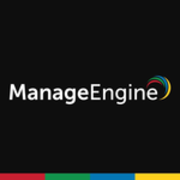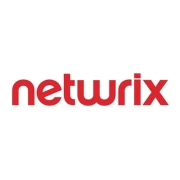Active Directory Recovery offers a reliable way to restore directories, ensuring seamless IT operations and data integrity for any organization relying on Microsoft's AD services.
The top 5 Active Directory Recovery solutions are Quest Recovery Manager for Active Directory, Semperis Active Directory Forest Recovery (ADFR), Quest Recovery Manager for Active Directory Disaster Recovery Edition, Quest On Demand Recovery and ManageEngine Recovery Manager Plus, as ranked by PeerSpot users in March 2025. Quest Recovery Manager for Active Directory Disaster Recovery Edition received the highest rating of 10.0 among the leaders. Semperis Active Directory Forest Recovery (ADFR) is the most popular solution in terms of searches by peers and holds the largest mind share of 46.2%.
Professionals find Active Directory Recovery indispensable for maintaining system uptime and preventing data loss. The solution rapidly responds to accidental deletions, schema changes, or other disruptions. Automation and granular recovery options enhance flexibility, allowing IT teams to confidently manage directory services without the fear of irrevocable errors.
What are the critical features?Active Directory Recovery sees diverse application across industries, from finance ensuring compliance with data retention laws, to healthcare managing sensitive patient information. Solutions are adapted to meet sector-specific needs.
Tools in this category aid organizations by providing reliable data restoration and management capabilities. IT departments are empowered to maintain continuity and integrity in complex network environments.










Ensuring the reliability of your Active Directory Recovery plan involves regular testing and updates. Frequent simulations of recovery scenarios can help identify weaknesses in your plan. Integrating your recovery process with changes in your infrastructure ensures that it remains effective against any updates or modifications. Collaborating with IT professionals to conduct audits and gain insights into vulnerabilities can enhance your recovery strategy.
What are the key features to look for in an Active Directory Recovery solution?When evaluating an Active Directory Recovery solution, focus on features such as comprehensive backup options, automated recovery processes, and real-time monitoring. The solution should support granular recovery capabilities to allow you to restore individual objects or attributes swiftly. Additionally, look for solutions that offer a user-friendly interface, detailed reporting options, and robust security measures to safeguard your data during recovery.
How do you minimize downtime during an Active Directory Recovery process?Minimizing downtime during Active Directory Recovery requires a well-structured plan and efficient tools. Prioritize real-time automated recovery solutions that can quickly restore service without extensive manual intervention. Conduct regular training sessions for your IT team to ensure they are familiar with recovery procedures. Implement load balancing and failover systems to maintain service availability while recovery tasks are being executed.
What role does a backup system play in Active Directory Recovery solutions?A robust backup system is critical in Active Directory Recovery, offering a reliable means to restore data to its original state following a disruption. Regularly scheduled backups ensure that the latest data is available for recovery. Incremental backups reduce the storage required and ensure that even small changes to directory information can be restored quickly. The backup system must seamlessly integrate with your recovery solution to allow efficient data retrieval.
Why is it important to consider security in Active Directory Recovery strategies?Considering security in Active Directory Recovery strategies ensures that sensitive directory information is protected during recovery operations. A secure recovery process prevents unauthorized access and potential data breaches, maintaining the integrity and confidentiality of your data. Implementing encryption, access controls, and secure communication protocols within recovery tools ensures that your recovery efforts do not compromise directory security.